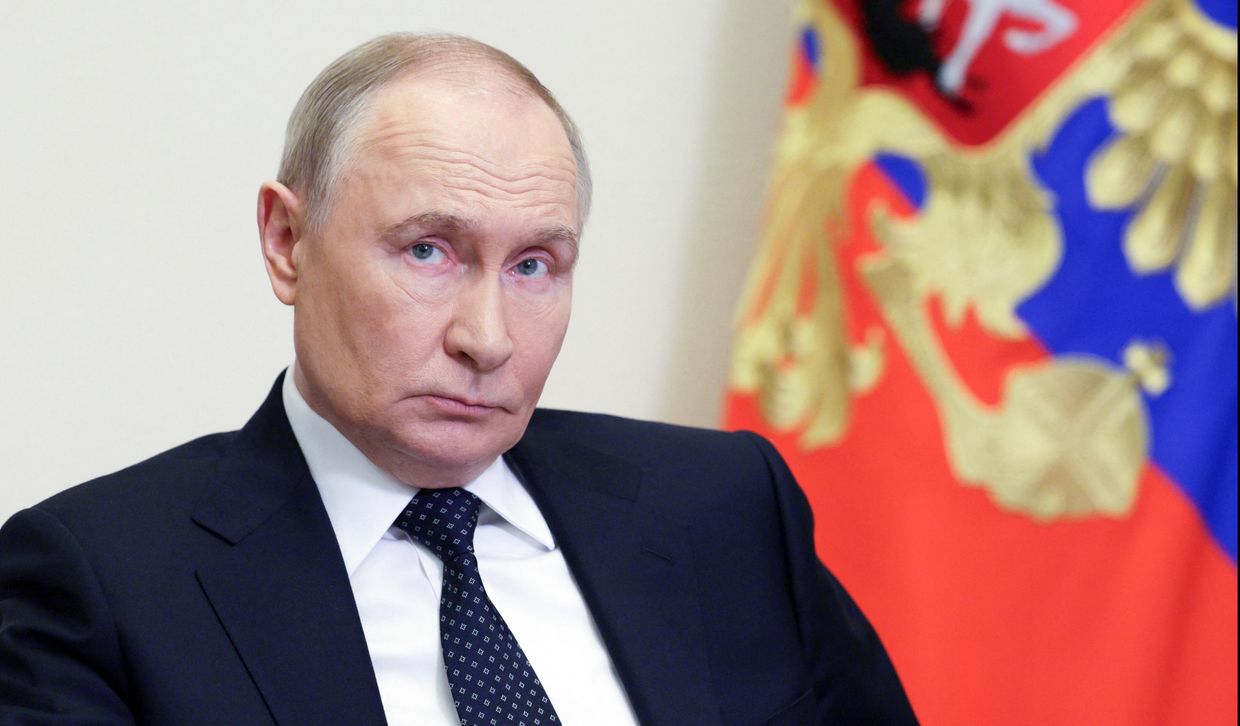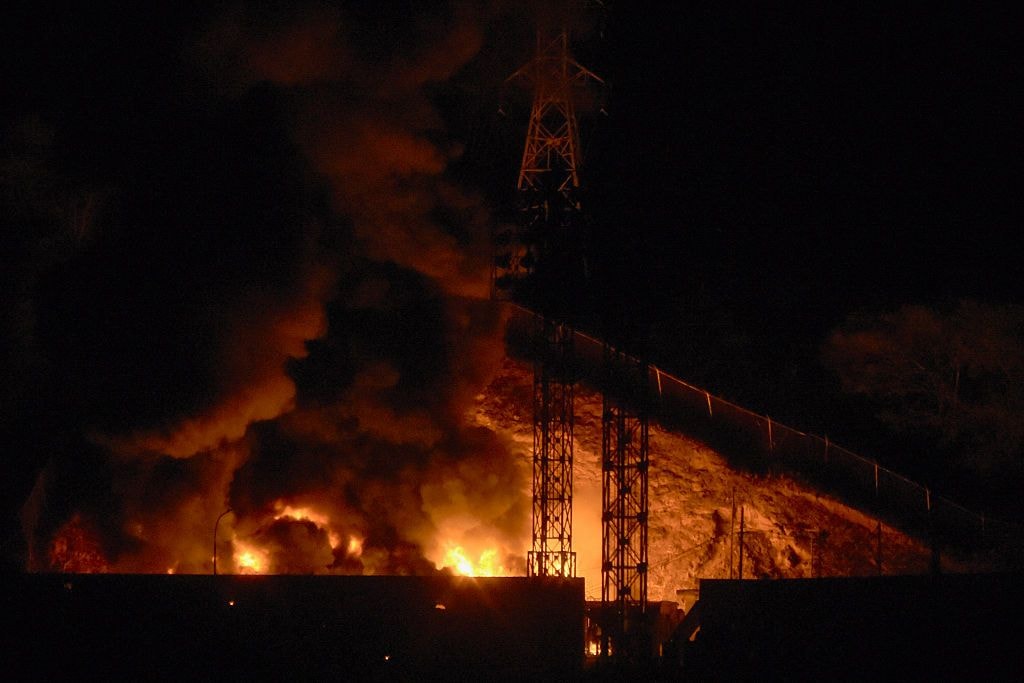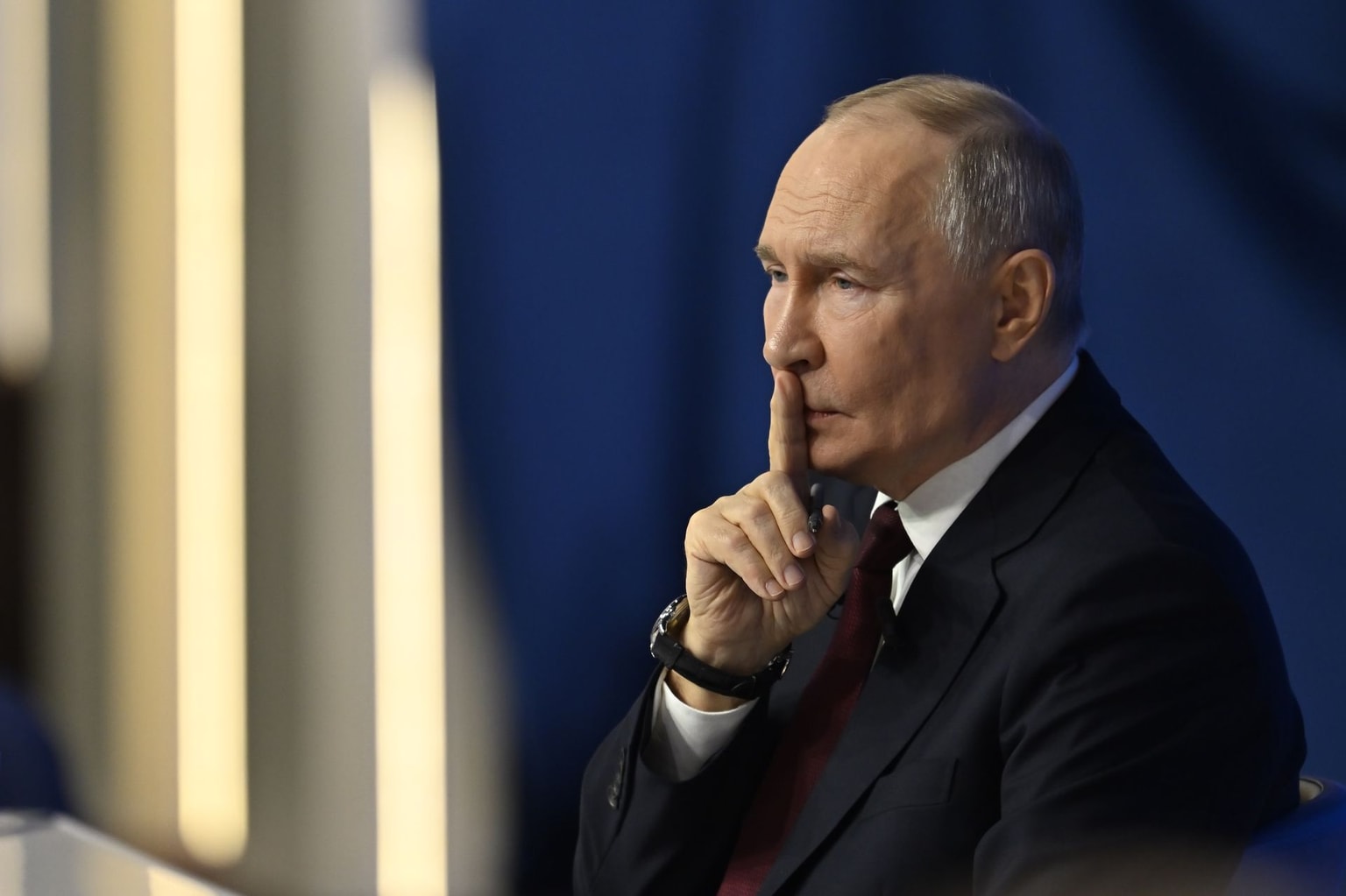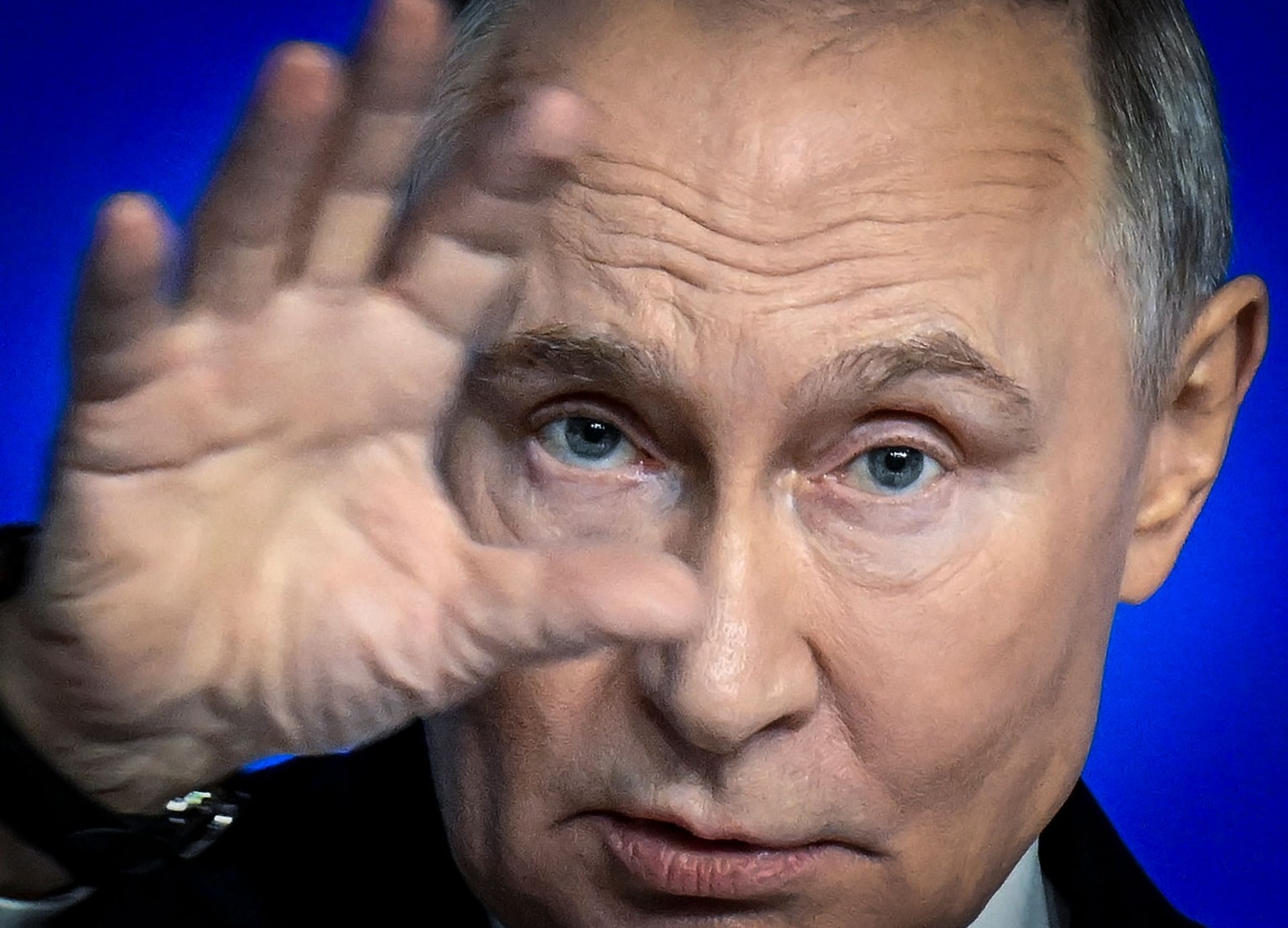Russian Central Bank lowers interest rate from 20% to 18%

Russian Central Bank announced on July 25 that it had cut its key interest rate for the second time this year, lowering it from 20% to 18%.
The Central Bank has kept raising the interest rate since September 2022, when it stood at 7.5%. By October 2024, the rate had climbed to 21%, the highest in modern Russian history, where it remained through early 2025.
On June 6, the bank implemented its first rate cut in nearly three years, lowering the benchmark to 20% per annum in response to easing inflation and signs of a slowing economy.
According to the bank's statement, inflationary pressures are easing faster than expected and domestic demand is softening, signalling a gradual return to a more balanced growth path.
The Central Bank emphasized that it will "maintain the same tight monetary conditions necessary to achieve the inflation target set for 2026."
In its baseline outlook, the Central Bank projects the average key interest rate will range between 18.8% and 19.6% per annum in 2025, before easing to 12%–13% in 2026.
Accompanying this trajectory, the bank forecasts annual inflation to fall to 6%–7% in 2025, with a return to the 4% target in 2026, assuming no major economic shocks.
The next key rate meeting is scheduled for Sept. 12, at which point policymakers may revisit the path depending on the inflation outlook and economic performance.
Russian Economy Minister Maxim Reshetnikov in June urged the central bank to cut rates in order to boost growth, aiming to achieve a 3% growth target set by Russian President Vladimir Putin.
Elvira Nabiullina, the governor of the Russian central bank, has been hiking borrowing costs in response to skyrocketing inflation. Nabiullina has been credited with keeping the Russian economy afloat as the West imposed massive sanctions following Moscow's full-scale invasion of Ukraine.
Putin, however, has expressed displeasure with the decline in private investment due to the high cost of credit.
Russia has been forced to slash key projects across various sectors in the face of an economic slowdown, brought on in part by plummeting oil prices. Major Russian exporters have also cut down on rail shipments of metals and oil products, even beyond earlier projected reductions.












